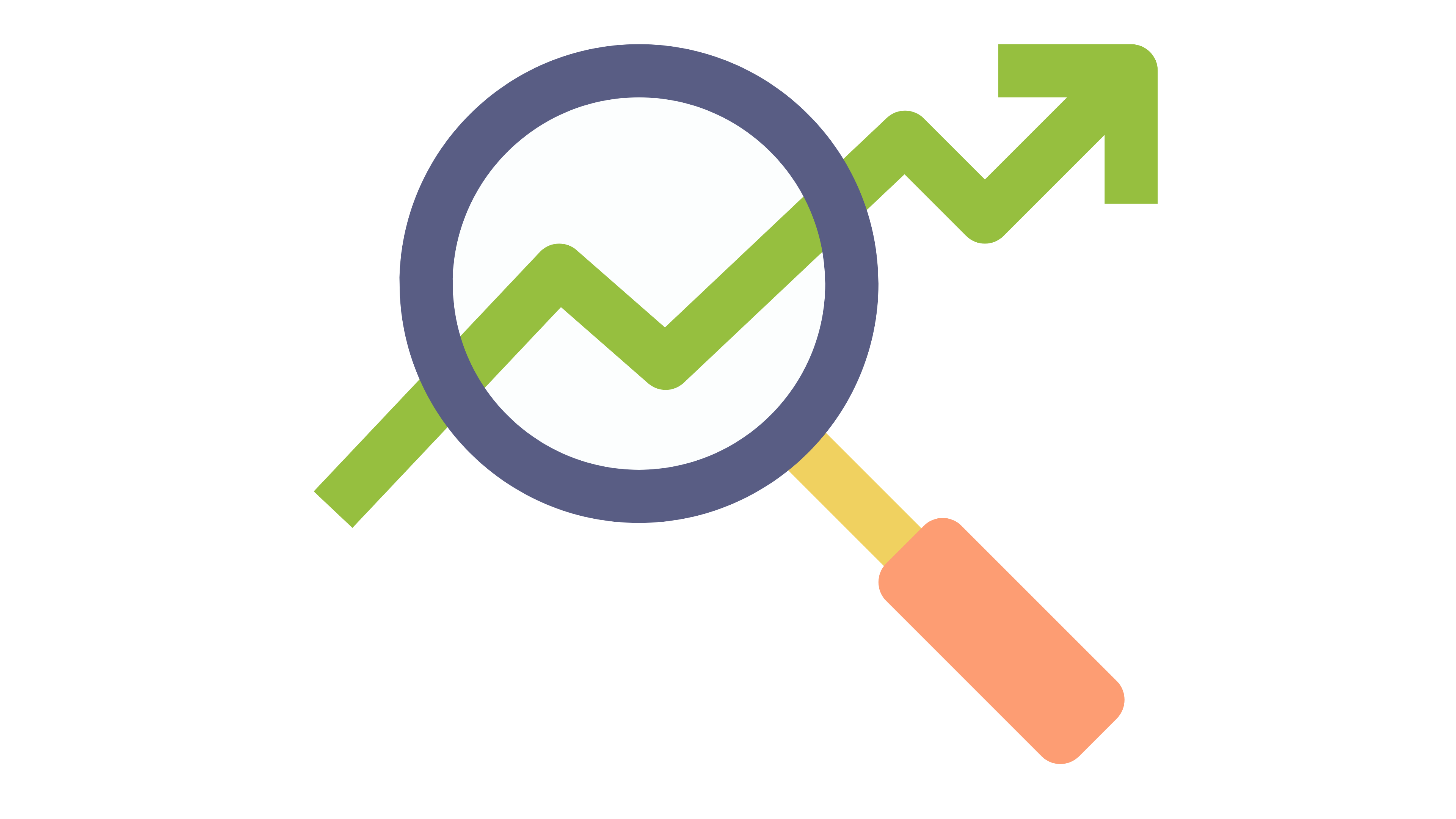Ethical considerations and guardrails
Introduction to Amazon Bedrock

Nikhil Rangarajan
Data Scientist
Why ethical AI matters
- AI models can perpetuate biases and generate harmful content

Why ethical AI matters
AI models can perpetuate biases and generate harmful content
Privacy concerns with sensitive data handling

Why ethical AI matters
AI models can perpetuate biases and generate harmful content
Privacy concerns with sensitive data handling
Legal / regulatory compliance requirements

Why ethical AI matters
AI models can perpetuate biases and generate harmful content
Privacy concerns with sensitive data handling
Legal / regulatory compliance requirements
Potential for misuse in spreading misinformation

Why ethical AI matters
AI models can perpetuate biases and generate harmful content
Privacy concerns with sensitive data handling
Legal / regulatory compliance requirements
Potential for misuse in spreading misinformation
Business reputation and stakeholder trust

Protecting models with guardrails
- Guardrails: protective measures
- Content filtering
- Bias detection
- Strict usage policies
- Always start with most restrictive level
- Default level of screening for harmful content

Content moderation
def moderate_content_claude(text, strictness="medium"):instruction = {"high": "Strictly analyze for inappropriate content. ","medium": "Check for obviously toxic language. ","low": "Check the tone. "}prompt = f"{instruction[strictness]}\n{text}" body=json.dumps({"anthropic_version": "bedrock-2023-05-31", "max_tokens": 100, "temperature": 0.2, "messages": prompt}) # Low temperature response = bedrock.invoke_model(body=body, modelId=model_id) response_body = json.loads(response.get('body').read()) return response_body
Monitoring and maintenance
- Set up automated monitoring
- Review filtered content regularly
- Track response patterns for anomalies
- Maintain logs of filtered requests

Response plan
- Plan for model misbehavior
- Define escalation procedures
- Have backup models configured
- Incidents tracked for improvement

Key takeaways for ethical AI
🛑 Safety First
- Always enable content filtering and bias detection
🚦 Implementation
- Use built-in Bedrock safeguards
🔦 Continuous Improvement
- Monitor and analyze results
- Stay current with best practices
Let's practice!
Introduction to Amazon Bedrock

